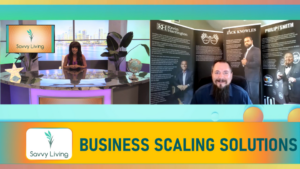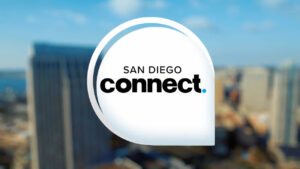 Twitter has certainly stirred things up lately. The site came out of nowhere and has really changed the way people are communicating lately. Yes, we know Facebook and Myspace changed things already, but Twitter has taken it to the next level. The level of being more distant if you ask me. We are certainly becoming more disconnected from each other, but that is another conversation.
Twitter has certainly stirred things up lately. The site came out of nowhere and has really changed the way people are communicating lately. Yes, we know Facebook and Myspace changed things already, but Twitter has taken it to the next level. The level of being more distant if you ask me. We are certainly becoming more disconnected from each other, but that is another conversation.
One way Twitter has changed things is how we have been able to get so close to celebrities. It is amazing that I can find out what Ashton Kutcher is doing right now, plus there are websites that provide a full list of celebs like Celebrity Tweet. Just in case you wanted to know what they were eating for breakfast or what they think about the current events.
But how about businesses? I have been asked plenty of times, how can I use social networking to get more business. Now it is, how can I use Twitter to get more business. How can we all put ourselves in front of potential customers.
Here are four ways that businesses are using Twitter:
Direct — Companies are using Twitter as a marketing or public relations channel
Many companies have established Twitter identities as part of their corporate communications strategies, much like corporate blogs. They Tweet about corporate accomplishments, distributing links to press releases or promotional Web sites, and respond to comments about the brand. This approach should be used with caution because uninteresting or self-serving Tweets could hinder the brand image as much as it could help. Responding to comments can be particularly risky, as the anonymous nature of Twitter can easily descend into a negative spiral. Companies should register Twitter IDs for their major brand names to prevent others claiming them and using them inappropriately.
Indirect — The company’s employees use Twitter to enhance and extend their personal reputations, thereby enhancing the company’s reputation
Good Twitterers enhance their personal reputation by saying clever, interesting things, attracting many followers who go on to read their blogs. As people enhance their personal brands, some of this inevitably rubs off on their employers. Twitter provides a way of raising the profile of both individuals and the organizations they work for, which elevates these companies that want to be seen to employ influential leaders.
Internal — Employees use the platform to communicate about what they are doing, projects they are working on and ideas that occur to them
Problem with this is there is no guarantee of security. It is crucial that employees understand the limitations of the platform and never discuss confidential matters, because as a seemingly innocuous Tweet about going to see a particular client can tip off a competitor. Other providers, such as Yammer and Present.ly, provide Twitter-like functions targeted at enterprise microblogging with more security and corporate control.
Inbound Signaling
Twitter streams provide a rich source of information about what customers, competitors and others are saying about a company. Search tools like search.twitter.com or the twhirl application can scan for references to particular company or product names. Savvy companies use these signals to get early warnings of problems and collect feedback about product issues and new product ideas.









